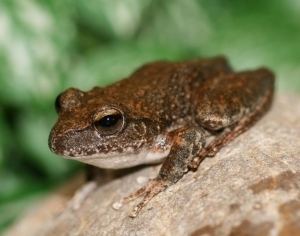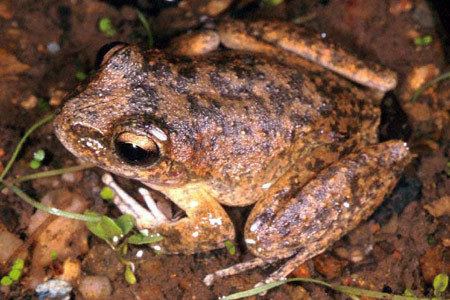Kingdom Animalia Order Anura Genus Litoria Higher classification Australasian treefrogs | Phylum Chordata Family Hylidae Scientific name Litoria booroolongensis Rank Species | |
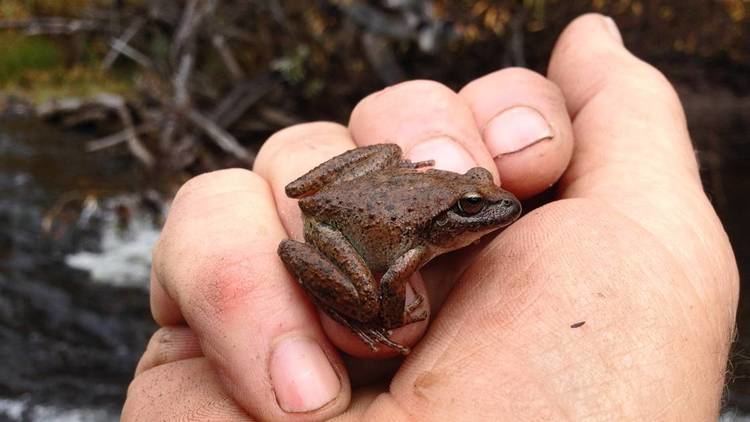 | ||
Similar Frog, Australasian treefrogs, Amphibians, Litoria castanea, Spencer's river tree frog | ||
Sharing space with the booroolong frog which is not biologically extinct
The Booroolong frog (Litoria booroolongensis) is a species of stream-dwelling frog native to the western slopes and ranges of New South Wales and northern Victoria.
Contents
- Sharing space with the booroolong frog which is not biologically extinct
- Description
- Behaviour and ecology
- References
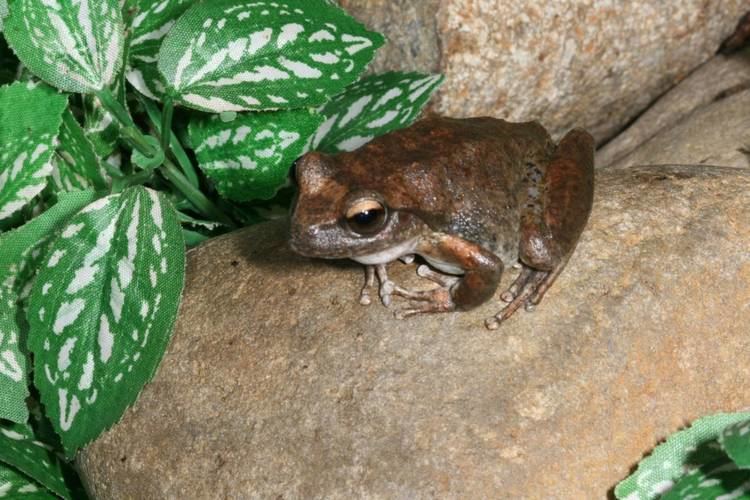
Description
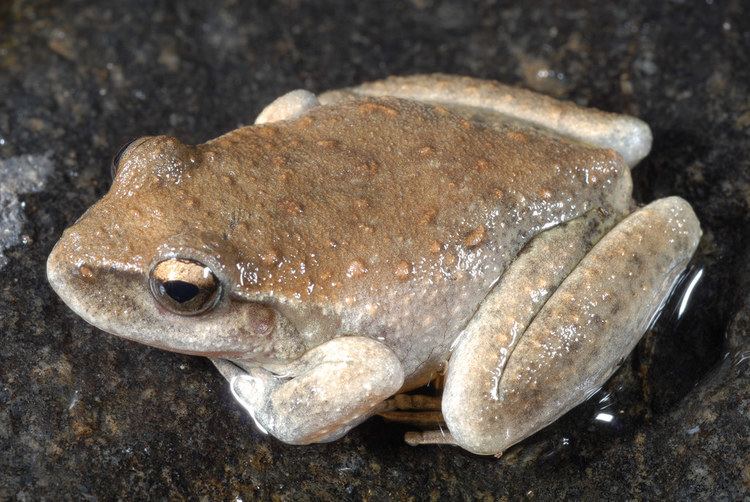
This frog reaches about 45 mm in length. It is normally grey, olive, or brown with pale spots or mottling, normally slightly warty in appearance, and the flanks are grey. It is cream on the ventral surface. The back of the thighs are pale yellow a few darker spots. A faint stripe runs from the nostril to above the tympanum; this stripe is pale and thin in contrast to the closely related stony creek frog, L. wilcoxi and Lesueur's frog L. lesueurii, and can be used to distinguish between the species. The typanum is darker in colour. The armpit is also pale yellow. The toe discs are relatively well developed, but only of a moderate size. The toes are nearly fully webbed.
Behaviour and ecology
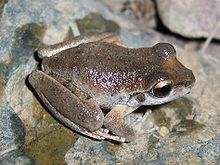
This species was once abundant in streams above about 200 m, until drastic declines began to occur in the Northern Tablelands in northern New South Wales. Although some declines have occurred in the Central Tablelands and Southern Tablelands of New South Wales, they have not been so severe. Currently in the northern tablelands, it is only found in two streams near Tamworth, as well as near Glen Innes in a private dam. In the central tablelands, it is found along the Abercrombie River, the Turon River, and the Winburndale Creek catchment areas. In the southern tablelands, this species is still found along the Tumut River, Yarrangobilly River, and the upper Murray River catchment areas. It is present at one stream in Victoria. The introduction of fish, such as trout, and the chytrid fungus are believed to be the main causes for decline.
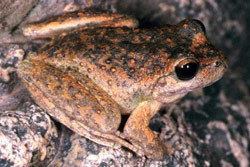
This species is a stream-dwelling frog, occurring in rocky westerly flowing rivers and streams in highland areas. It is normally associated with open woodlands, but is also found in grassland and forest. Males make a quite "quirk...quirk...quirk" call from beside streams or on bedrock within streams from late winter through to summer. An average of about 1,300 eggs are laid in a single adherent clump, attached to or under rocks, within rock pools or in still sections of streams. Hatching occurs from four to seven days after laying. Tadpoles are brown with well-developed mouth parts, and reach a maximum of about 58 mm. Metamorphosis occurs during summer, and tadpole development takes an average of 75 days. Metamorphs from northern areas average about 15 mm, while those in the south measure about 22 mm. Metamorph frogs closely resemble the adult.
